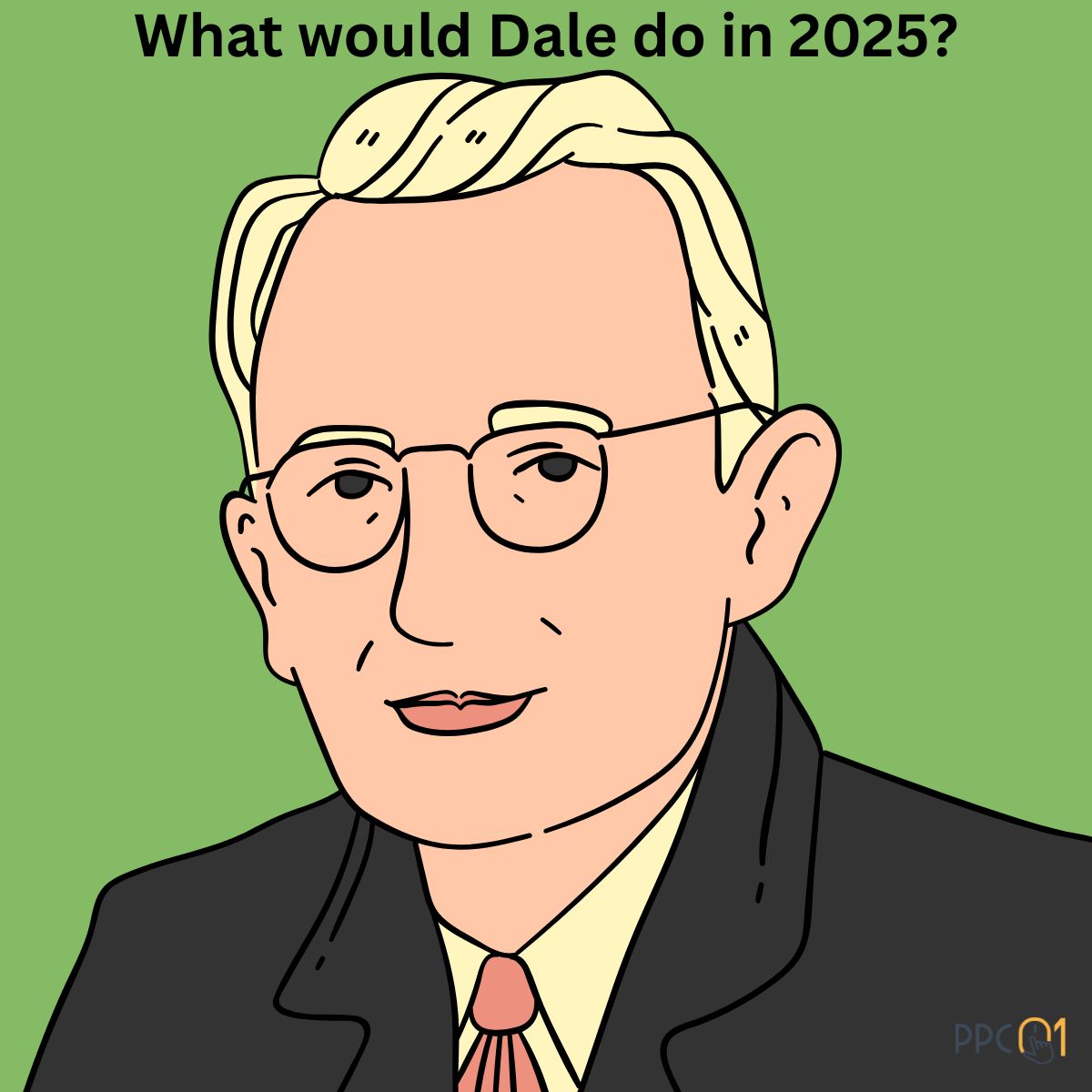If Dale Carnegie were alive today, navigating the hyper-connected, data-driven world of 2025, he’d likely have one key observation: the way we sell hasn’t evolved fast enough for the world we live in.
Carnegie believed that building genuine relationships and understanding human behavior were the cornerstones of successful sales. But in today’s landscape — with endless outreach tools, CRM platforms, AI-driven analytics, and overwhelmed buyers — expecting one salesperson to handle everything from cold outreach to closing deals is not just outdated. It’s counterproductive.
The Case for Splitting the Sales Process
Sales today is more complex than ever. One half of the process is attention-getting — identifying the right people, starting conversations, and warming up cold leads. The other half is value-creating — understanding deep needs, presenting solutions, and closing deals.
Trying to do both as one person, day in and day out, fragments focus and dilutes performance. If Carnegie saw this, he’d probably say: “You can’t build relationships at scale by treating every buyer like a transaction.” And he’d be right.
Part 1: Prospecting and Lead Warm-Up
This stage is about outreach, relationship initiation, and trust-building. It requires a marketer’s mindset, a researcher’s curiosity, and the patience to start conversations, not push pitches. It’s where specialists — often called SDRs (Sales Development Reps) — thrive.
Part 2: Negotiation and Closing
Once a lead is ready to talk solutions, that’s where a skilled closer steps in. This is no longer about grabbing attention — it’s about guiding decisions, solving problems, and creating long-term value. It demands deep product knowledge, strategic thinking, and emotional intelligence.
Why It Works in 2025
Modern buyers are more informed and more distracted than ever. The tools we use may be digital, but the relationships we build still rely on trust — just like in Carnegie’s time. Splitting the sales process allows each team member to go deeper into their role, create better experiences, and ultimately, close more business.
If Dale Carnegie were building a sales team today, he’d leverage every modern tool available — but he’d still divide the process to make it more human, not less.
What do you think?
P.S: Check out our services, we’re sure YOU’ll find something that will help YOUR BUSINESS!



